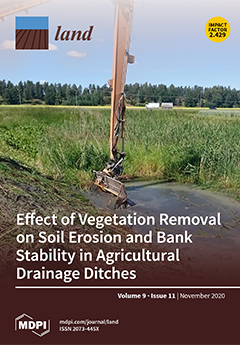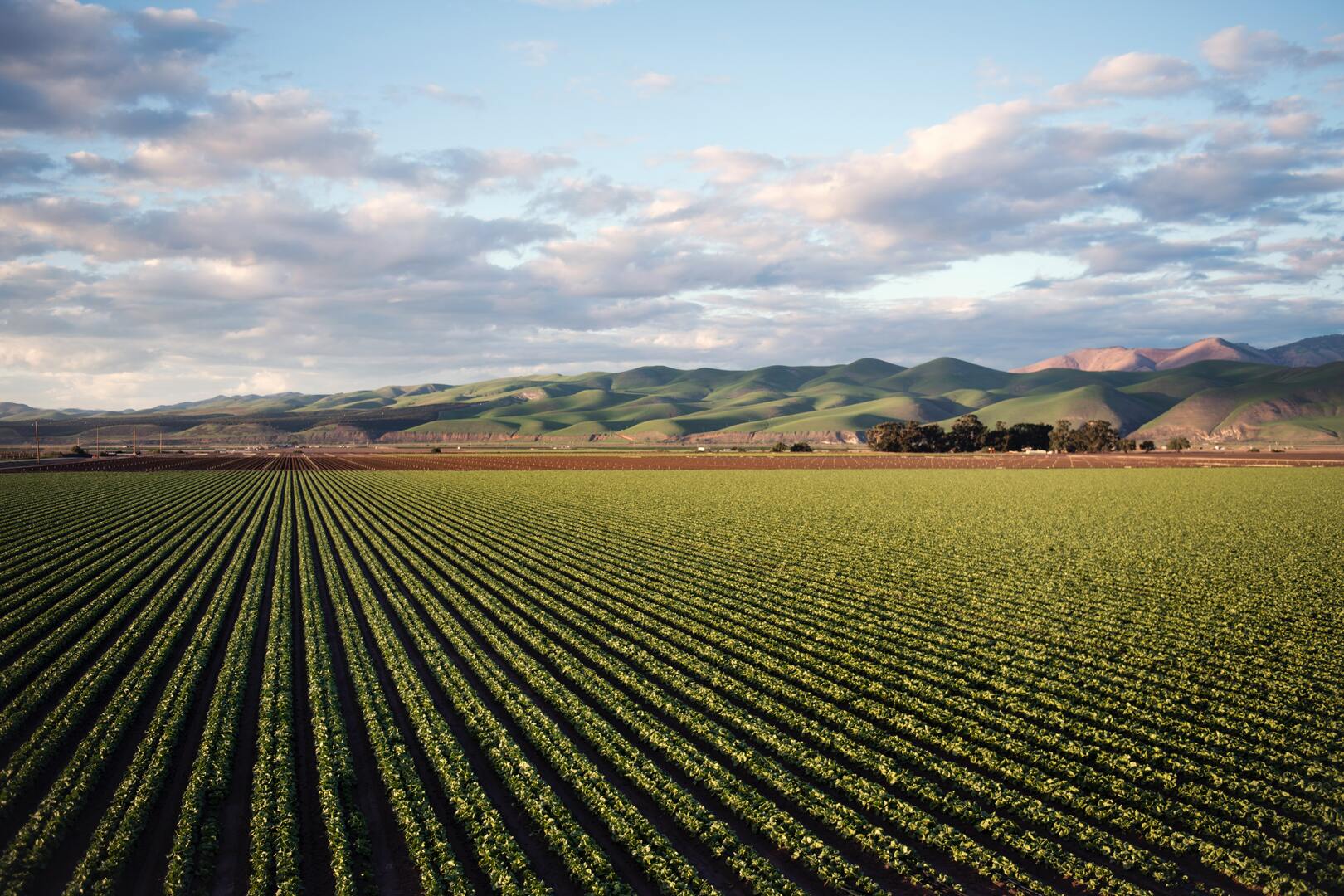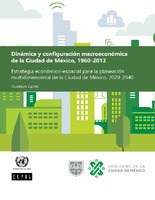The ejido is an institution of communal land tenure and governance administered by the Mexican government. This paper assesses the current visual appearance of landscapes and implicit land use in ejidal lands on the periphery of Guadalajara, Mexico, using Google Street View (GSV) images tagged…
The urban planning ideas proposed by Jane Jacobs in the 1960s remain relevant to this day, promoting a perspective on the relationship between urban morphology and the community that takes into consideration the experiences of the people themselves in the planning of cities. With Jacobs’ ideas…
Soil quality indexes (SQIs) are very useful in assessing the status and edaphic health of soils. This is particularly the case in the Mediterranean area, where successive torrential rainfall episodes give rise to erosion and soil degradation processes; these are being exacerbated by the current…
Forests managed by Indigenous and other local communities generate important benefits for livelihood, and contribute to regional and global biodiversity and carbon sequestration goals. Yet, challenges to community forestry remain. Rural out-migration, for one, can make it hard for communities to…
This paper offers an approach to Yucatecan social reality in terms of entrepreneurship and the process of creating companies dedicated to the production and/or commercialization of agroecological products, considering its contribution to sustainable rural development. The key actors’ perspective…
This paper estimates global logistic regression and logistic geographically weighted regression (GWR) models of urban growth in the adjacent border cities of Laredo, Texas in the United States and Nuevo Laredo, Tamaulipas in Mexico, for two time periods from 1985 to 2014. Historical land use and…
This work proposes a methodology whereby the selection of hydrologic and land-use cover change (LUCC) models allows an assessment of the proportional variation in potential groundwater recharge (PGR) due to both land-use cover change (LUCC) and some climate change scenarios for 2050. The…
Urbanization of the countryside affects rural areas, especially in the immediate surroundings of large cities. Normally, this occurs as an unpromoted process, but in Chile, it is driven by the legal framework. This research focuses on rural residential plots (RRPs) around the capital city,…
Since the middle of the 20th century, irrigation in the southeast of Spain has displayed significant productive growth based on the intensive use of the scarce water resources in the area and the contribution of river flows from the hydrographic basin of the Tagus River to the hydrographic basin…
Infographic | Land Ownership in Mexico, From the Colonial Era to the End of the 20th Century.
Under the banner of a "New Green Revolution for Africa," agricultural intensification programs aim to make smallholder agriculture more productive as well as "climate smart". As with Green Revolutions in Asia and Mexico, agricultural innovations (hybrid seeds, agronomic…
La zona metropolitana de la Ciudad de México (ZMCM) es la obra más colosal que la nación ha construido en toda su historia. El objetivo general del escrito es analizar la estructura y dinámica macroeconómica de la ZMCM como diagnóstico que fundamente la elaboración de un Plan Multidimensional de…






